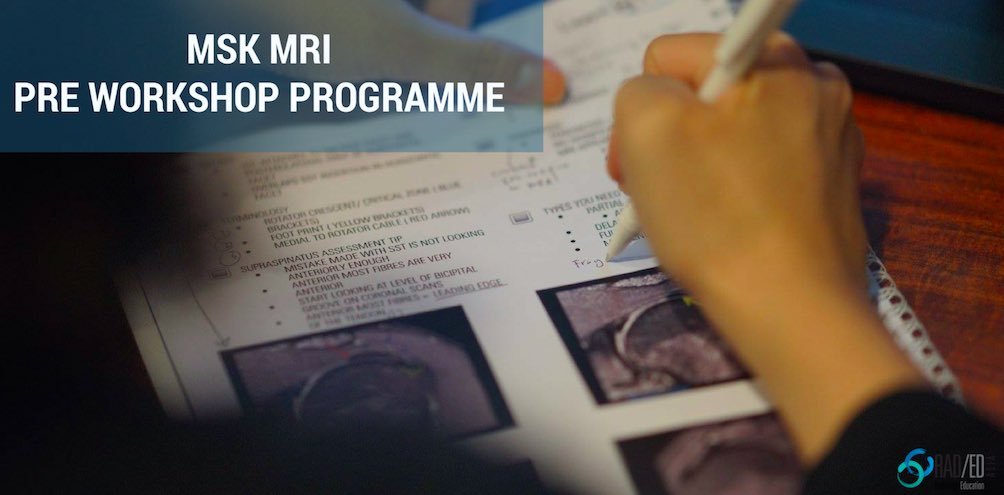
Mucoid Degeneration of the Acetabular Labrum
MRI Acetabular Labrum Mucoid Degeneration what is it and what does it look like.
The MRI findings of mucoid degeneration are T2/PD hyperintensity and enlargement of the labrum which can be focal or diffuse. We see it more often in the anterosuperior and superolateral labrum The MRI changes are similar to mucoid degeneration of other structures like the ACL or degeneration that can occur in a discoid meniscus. Mucoid degeneration can occur in an otherwise normal labrum or in dysplastic labrums associated with acetabular dysplasia. Here is what it looks like.
Image Above: PD and PDFS scans. Enlargement and diffuse hyperintensity superolateral labrum ( yellow arrow). Signal intensity is high but not as high as fluid.
Image above PDFS all same patient: Early cystic change ( yellow arrow) within mucoid degeneration. More posterior image demonstrates mucoid degeneration (blue arrows) without cystic change where the signal is increased but not approximating fluid signal.
Image above: PDFS: Areas of hyperintensity ( yellow arrow) approximating fluid signal suggesting early cyst formation.
 Image above all from the same patient: First image ( red arrow) early changes of mucoid degeneration with slight increased signal. Second image ( yellow arrow) more pronounced changes. Third image ( blue arrow) associated labral tear at margins of mucoid degeneration.
Image above all from the same patient: First image ( red arrow) early changes of mucoid degeneration with slight increased signal. Second image ( yellow arrow) more pronounced changes. Third image ( blue arrow) associated labral tear at margins of mucoid degeneration.
 Image above: PD, Radial scan. Localised progressive increase in mucoid degeneration anterior labrum ( yellow arrow) and a completely normal posterior labrum ( blue arrow).
Image above: PD, Radial scan. Localised progressive increase in mucoid degeneration anterior labrum ( yellow arrow) and a completely normal posterior labrum ( blue arrow).
 Image Above: Generalised cystic mucoid degeneration (yellow arrows). Only the postero inferior labrum was spared (not shown). Green lines in 2nd image reflect the level of the first image axial scan. Blue arrow first image is a paralabral cyst from a labral tear.
Image Above: Generalised cystic mucoid degeneration (yellow arrows). Only the postero inferior labrum was spared (not shown). Green lines in 2nd image reflect the level of the first image axial scan. Blue arrow first image is a paralabral cyst from a labral tear.





